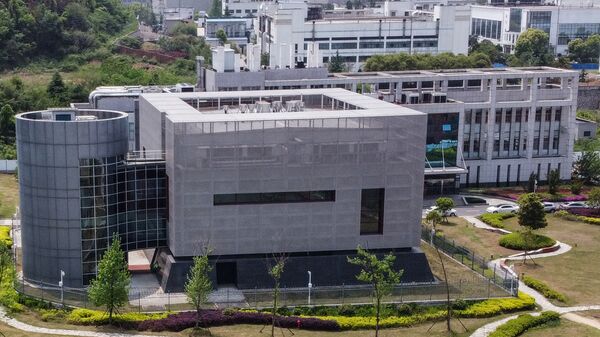Chinese Professor Shi Zhengli, one of the first people in the world to sequence SARS-CoV-2 this January, told BBC that she would be happy to accept World Health Organization experts in the Wuhan Institute of Virology (WIV) during their forthcoming visit.
Shi, known to many as "Batwoman", has been leading the project to identify various types of coronavirus since the first SARS-related case was detected in Wuhan back in 2003, according to the BBC. As part of her research in the institute where she directs the Center for Emerging Infectious Diseases, Shi has been probing fecal samples of bats from Yunnan hills to detect hundreds of these flyer-induced coronaviruses.
But the location of the SARS-studying lab in the city where the first COVID-19 victims were officially reported last year has prompted a slew of conspiracy theories about SARS-CoV-2 origin. Many, including US President Donald Trump, diverged from the general consensus - that the virus had been naturally transmitted to humans from bats - instead claiming it could have leaked from the Wuhan laboratory.
Prof Shi strongly rejected any claims of this kind in the past and apparently is ready to do so again.
"I have communicated with the WHO experts twice”, she told BBC via email after the reporters’ unsuccessful bid to reach the field study in Yunnan.

Speaking about the upcoming WHO visit to Wuhan scheduled for January, the researcher argued that she had “personally and clearly expressed that I would welcome them at the WIV”.
It’s not clear, though, whether the visit would include any form of formal probe into WIV’s records to dismiss theories about SARS-CoV-2 artificial origin. The professor maintained that “the specific plan” was not decided by her.
If it were up to her, Shi noted, she would “welcome any form of visit based on an open, transparent, trusting, reliable and reasonable dialogue”.
The BBC said that they later received a call from the institute's press office outlining that the professor was speaking “in a personal capacity” rather than on behalf of the laboratory.
WHO Plans to Learn How the Pandemic Started
The team of nearly ten WHO experts is expected to visit Wuhan in the first week of January 2021 to trace the source of the coronavirus which is believed to have originated from the city’s food market, while transmitting from animals to humans and mutating to new forms.

Back in January, Shi was able to sequence the virus’s strain and find the closest-ever detected relation to the new infection in her laboratory’s database - RaTG13. The virus is said to have been identified back in 2013 in the bat found in China’s Tongguan County.
Despite ongoing speculations that the virus had been artificially manufactured, the study published in Nature Medicine in March dismissed that possibility, claiming that it would have been possible to find a much closer match to SARS-CoV-2 if it was for the lab leak.
The terms of the WHO visit do not specifically mention that the experts plan to investigate the “artificial origin” claims, but it is known for sure that one member of the team, British zoologist Peter Daszak, previously dubbed the theory on the lab leak “pure baloney”.





